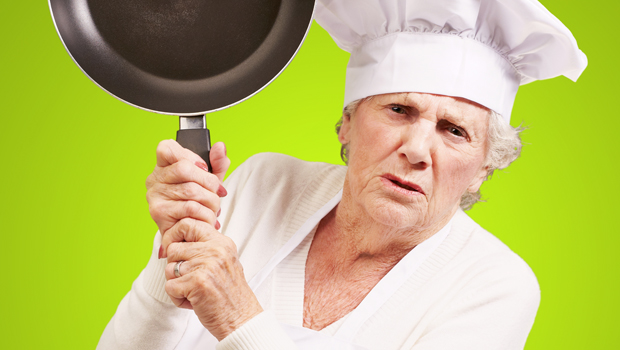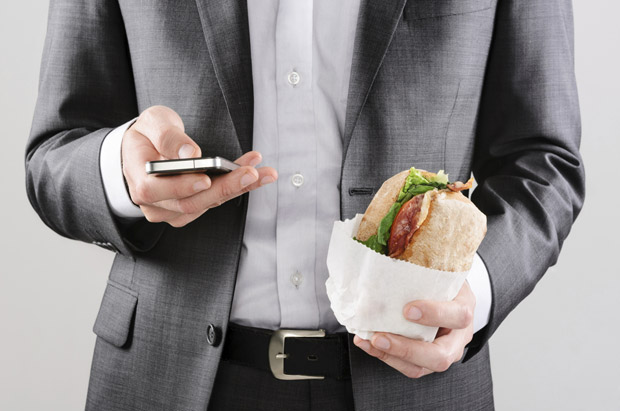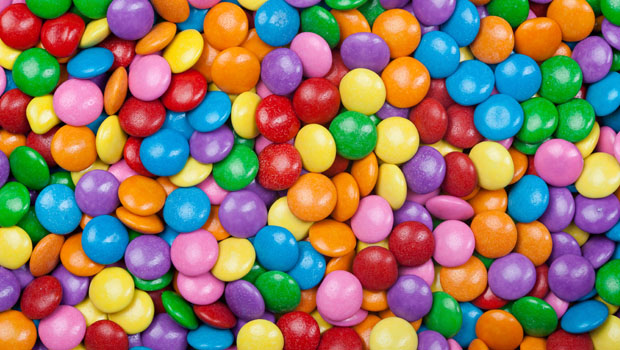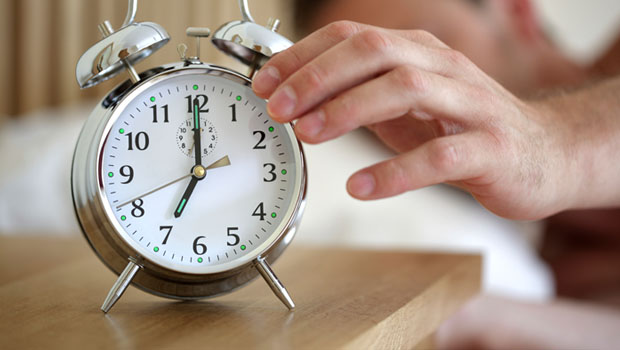5 Ways Cookbooks Get it Wrong

I learned to love cookbooks from my mother, whose copy of Joy of Cooking was consulted so often that it fell apart. I have binge-bought cookbooks, joined book clubs, haunted garage sales, and checked out online auctions. Sometimes I only have ever used one recipe per book (like the oatmeal cookies in Peg Bracken’s I Hate to Cook Book), but some became my go-to guides, especially the oversize paperback series originally self-published by Renny Darling. It seemed like a natural progression for me to end up writing about food. My freelance career has been anchored by gigs at foodie websites and cookbook-editing jobs. I’ve even ghostwritten a cookbook or two.
Now that I have diabetes, I look at cookbooks with a different perspective. I don’t expect the average cookbook concern itself with carbs and calories and fiber and nutrients—that’s not really the author’s job. But when the cookbook in question is specifically targeted toward “the diabetic,” I tend to get critical.
Unfortunately, a lot of what’s out there that’s specifically targeted to the diabetic cook, is completely useless. Too many of these cookbooks sloppily convert standard recipes into “diabetes-friendly” recipes, even though it’s clear the author hasn’t had to check his or her blood sugar once in their pastry-eating lives.
Recently, while browsing at my neighborhood bookstore and feeling my blood pressure rise, I realized that someone has to come up with a way to evaluate cookbooks for relevance and usefulness. Since no one seemed to be volunteering for that job, I decided to do it. Having appointed myself a de facto authority on the subject, here are 5 warning signs that a cookbook is going to be useless for a person with diabetes:
- The first recipe calls for a cup of artificial sweetener.
Yes, I know, you can bake with it, and there are certain brands available in both white and brown varieties. The reality, though, is that artificial sweeteners just aren’t good for you. They can be a great crutch when you’re transitioning to a new way of eating, but study after study has shown that chemical-based sweeteners just aren’t the best idea for your health. A cookbook needs to offer more than a normal recipe with Splenda. - The recipes call for a lot of processed ingredients.
My aunt, a minister, tells me that a “diabetic-friendly” dessert that shows up at a lot of church suppers is a concoction made out of frozen whipped topping and artificially sweetened lemonade powder. That’s an extreme case, of course, but people with diabetes have to watch their intake of all sorts of mal-nutrients, with sodium levels being a particular worry. It’s the rare processed food that’s not FULL of sodium. - The recipes include a lot of meaningless substitutions.
For example, instead of making fries with russet potatoes, a recipe will suggest making sweet potato fries. It’s true that sweet potatoes are more glycemically friendly than white potatoes, but not THAT much better, with a glycemic index (GI) of 70 compared to a GI of 111 for an average russet. (The difference is even slimmer when you compare glycemic load, where the sweet potato comes in at 22 while the white potato comes in at 33.) If you’re dying for something crispy on the outside and soft on the inside, try green beans, cauliflower or another vegetable drizzled with olive oil and garlic powder. - The recipes are filled with low-fat ingredients.
This is counterintuitive, I know, but chances are that if you’re overweight, you didn’t get that way from eating fat, and certainly not from eating the “good fat” you find in olive and seed oils, nuts and avocados. Taking the fat out of foods, particularly dairy products, is a “process”, and often other ingredients are added to the food that have no business being there. Recipes filled with low-fat ingredients play into the fantasy that a person with diabetes can continue eating the way he or she always has, with just a couple of little tweaks. We need to approach eating in a whole new way, not just “repurpose” our diets, if we’re going to manage diabetes successfully. - The cookbook’s author has no credentials.
Pretty much anyone can write a cookbook, and when it’s just about the recipes, that’s fine. But when a book is specifically targeted to reader/cooks who have health issues, whether it’s diabetes, celiac disease, or cancer, the writers should have some science to back up their statements—maybe a degree in nutrition or an internship at the Mayo Clinic, or even a stint cooking in a nursing home. At the very least, they should partner with someone who does have those credentials.
The best way to find a good “diabetes” cookbook may be to expand your focus. The diet that works best for me is high protein/high fiber, so I’m always looking for recipes that deliver that combination, like Thai beef salad (light on the soy sauce) or Moroccan lamb with lentils. The cookbooks I’ve found most helpful are vegetarian and vegan cookbooks, along with collections of ethnic recipes that are highly spiced and inventive.
That doesn’t mean I’m not going to check out the next book on “desserts for diabetics” or “diabetic recipes the whole family can enjoy” but if I see a cup of artificial sweetener, I’m gone.




